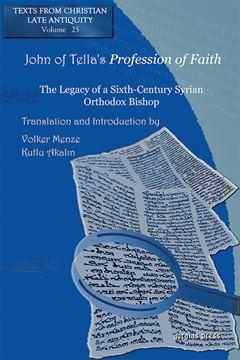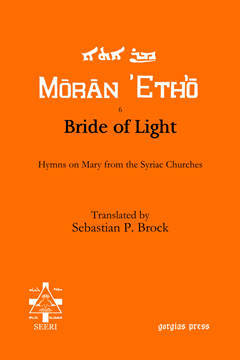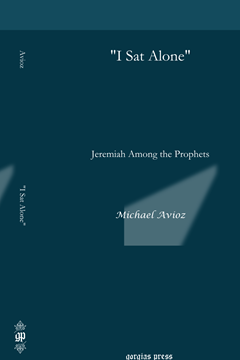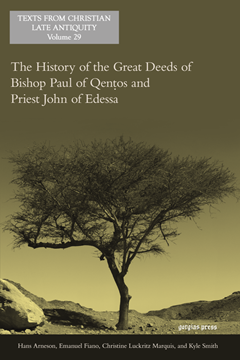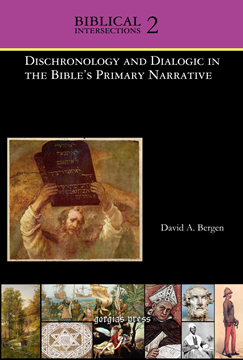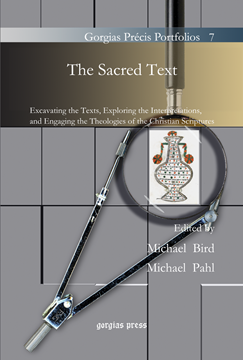John of Tella’s Profession of Faith
The Legacy of a Sixth-Century Syrian Orthodox Bishop
Translation and Introduction by Volker Menze & Kutlu Akalın
Series: Texts from Christian Late Antiquity 25
ISBN: 978-1-59333-843-5
John became bishop of Tella in 519, but left for exile only two years later when Justin I enforced the Council of Chalcedon which Syrian Orthodox Christians refused to accept. John became one of Justinian’s most dangerous ecclesiastical opponents by ordaining thousands of deacons and priests who formed the first generation of the Syrian Orthodox hierarchy. In the present text John lays out his faith in a way which gives an inside view of how a non-Chalcedonian bishop of the sixth century located himself and his co-religionists within the Christian tradition and how he understood the foundation of the Church.
$43.00 (USD) $25.80 (USD)
Bride of Light
Hymns on Mary from the Syriac Churches
Translated by Sebastian P. Brock
Series: Moran Etho 6
ISBN: 978-1-59333-845-9
Syriac is particularly rich in poetry on Mary. Not only is some of this of great tenderness and beauty, but much is also highly imaginative. The present selection of translations includes lyric poems (several by St Ephrem), five lively dialogues, and a longer narrative poem on Mary and Joseph.
$79.00 (USD) $47.40 (USD)
“I Sat Alone”
Jeremiah Among the Prophets
ISBN: 978-1-59333-854-1
The prophet Jeremiah is among the most complex and intriguing characters in the Bible. This study of the prophet focuses on the major biographical episodes in the prophet’s book and their interpretation. After setting the historical background of the prophet, Avioz then explores Jeremiah’s prophetic call. All major events of his life are parsed for a deeper insight into the prophet's life. Those with whom Jeremiah interacts, the kings of Judah and the false prophets, are assessed in contrast with the prophet. Avioz concludes his study with a consideration of Jeremiah’s legacy down to the present day.
$84.00 (USD) $50.40 (USD)
The History of the Great Deeds of Bishop Paul of Qentos and Priest John of Edessa
Series: Texts from Christian Late Antiquity 29
ISBN: 978-1-60724-670-1
Desiring to lead an ascetic life during the 5th century, Paul abandons his bishopric in Italy and travels to Edessa. John realizes that Paul is a wonderworker, and so begs to accompany him on his travels. The two leave Edessa to visit the monks on Sinai, but instead of reaching their destination they are abducted and taken to Yemen by tree-worshipping Arabs. After a battle with a tree-god, they succeed in converting the Arabs to Christianity. During the journey home, they encounter a wandering band of monks among whom is a woman disguised as a man.
$38.00 (USD) $22.80 (USD)
Dischronology and Dialogic in the Bible’s Primary Narrative
Series: Biblical Intersections 2
ISBN: 978-1-60724-105-8
This ground-breaking study offers a reassessment of Moses' book of the law from a narrative theory perspective. Concerned for the long-term viability of his people, Moses legislates a public reading of his document which is deposited next to the ark of the covenant as a national testament. Through the mechanics of narrative mediation, the narrator reveals to the reader of Deuteronomy the contents of Moses' enshrined publication. Deuteronomy's simulcast of Moses' book invites external readers to compare and evaluate their readings with story-world readers who access the same text within the Bible's Primary Narrative.
$141.00 (USD) $84.60 (USD)
The Sacred Text
Excavating the Texts, Exploring the Interpretations, and Engaging the Theologies of the Christian Scriptures
Edited by Michael Bird & Michael Pahl
Series: Gorgias Précis Portfolios 7
ISBN: 978-1-60724-741-8
The Sacred Text presents an introduction to historical, interpretive, and theological issues relating to the Christian Scriptures. It presents an overview of the formation of the canon, discusses different strategies for interpretation, and describes how Scripture functions in different theological traditions.
$152.00 (USD) $91.20 (USD)
